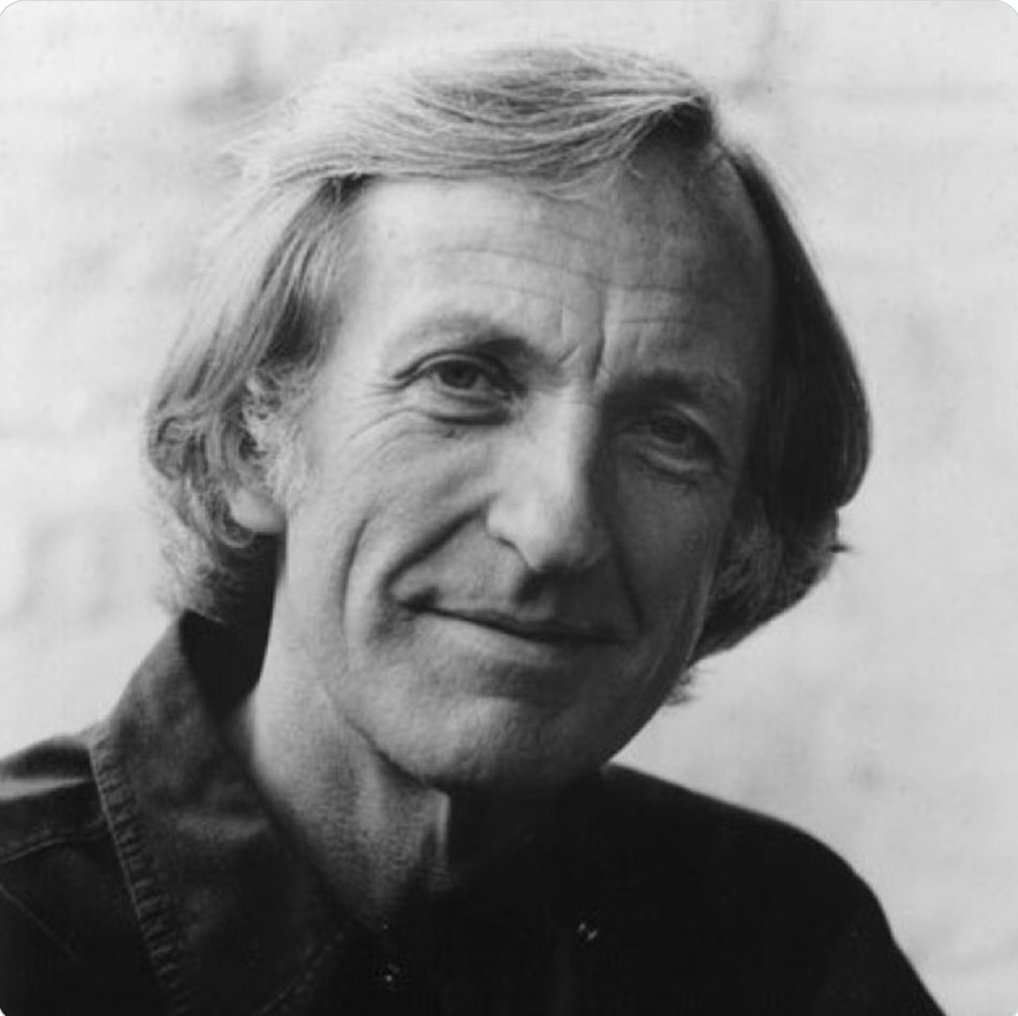On my first day in Cuba, in 1967, I waited in a bus queue that was really a conga line. Ahead of me were two large, funny females resplendent in frills of blinding yellow; one of them had an especially long bongo under her arm. When the bus arrived, painted in Cuba’s colours for its inaugural service, they announced that the gringo had not long arrived from London and was therefore personally responsible for this breach in the American blockade. It was an honour I could not refuse.
The bus was a Leyland, made in Lancashire, one of 400 shipped to Cuba in defiance of Washington, which had declared war on the revolution of Fidel Castro. With the Internationale and Love Me Do played to a bongo beat – the Beatles having been “admitted to the Revolution” – we lurched through Havana’s crooked streets. Such a fond memory now accompanies me on my return to Cuba; yet looking back at what I wrote then, I find I used the word “melancholy” more than once. For all the natural warmth of Cubans, the hardship of their imposed isolation left smiles diminished and eyes averted once the music had stopped.
Beyond the nationalised American department stores – the windows empty except for electric fires from China of which Cubans had no need – and the flickering necklace of lights of an almost deserted port, there was the silhouette of an American spy ship, USS Oxford, policing Cuba’s punishment. In 1968, the revolution added its own folly by summarily banning all small businesses, including the paladares, Havana’s lively bars and restaurants. The Soviet era had begun.
The needs of survival now underwrote a morose presence of Russian advisers. Cuba’s main crop, sugar, went almost entirely to the Soviet Union in a lifesaving deal struck in 1961 by Che Guevera who had little time for the Soviet version of communism. The urgency was made clear the following year by US Secretary of State Dean Rusk who wondered if “this is the time to eliminate the Cuba problem by actually eliminating the island”. The CIA’s relentless terrorism against Cuba included numerous attempts to assassinate Castro and the blowing up of a Cuban airliner with the loss of 73 lives. Three US administrations tightened the vice of the blockade so successfully that the calorific intake of Cubans in the 1990s dropped by a third. Today, Cuba is banned from buying nearly half of all world-class drugs in a market dominated by the United States. A catastrophe has been averted, says the American Association of World Health, only because of the extraordinary priorities given public health by the Cuban government. For me, arriving in a Latin American society without grinding poverty filling the eye is almost a shock.
“Accelerating the hard features of Cuba,” a US diplomat once said memorably, “will be the measure of our success, not theirs.” He meant the authoritarian line handed down from the top, at times draconian, and the petty restrictions and impediments to serious dissent. When they could, many Cubans left. These days, the hard features are softer, perhaps changed beyond recognition. The educated young have made their disaffection known. Raúl Castro, who formally replaced his elder brother as president in 2008, says the bureaucracy to which he has devoted his life “has been tied for years to obsolete criteria”. He wants to reduce the presidency to two five-year terms: a proposal once unthinkable.
With the Soviet time preserved in the rusting shells of missiles strewn on the bluff next to Che Guevera’s house, Cuba seems determined to reclaim the independence that was its original heroic achievement: the precursor of contemporary revolutions, however imperfect. While proudly manipulating the gears of his 1952 canary-yellow Chevy convertible, Juan Ramon Ramirez pointed out the cardiac institute where his life was saved, free of charge. In most of Latin America he would probably be dead now.
Tourism has long replaced sugar, with the benefit of jobs and hard currency and the odium of a separate currency. When I first came, Havana’s great cathedral of a hotel, the Nacionale, was so bereft in its echoing emptiness that I was offered Erroll Flynn’s room – 235 – and a laundry service that entailed a man in a dark suit and shades driving my shirts somewhere in a mighty 1940 Cadillac LasSalle, the Untouchables car. Today, the great teak doors and Corinthian columns overlook Europeans with neat rucksacks. A jukebox still plays and there is a list of “famously nostalgic” rooms: Mafia 211, Nat King Cole 218, Ava Gardner and Frank Sinatra 224, Fred Astaire 228, Johnny Weissmuller (Tarzan) 232. That I, an inveterate swimmer, lapped the very same pool as the great Weissmuller, one of the fastest swimmers of all time, compensates for missing out on Errol Flynn’s art deco playpen.
The Cuban writer Leonardo Padura Fuentes describes his country’s attraction as a “magnetism, sometimes morbid, sometimes admiring”, leaving no one indifferent. Radios that crackle, a new airport terminal with birds nesting, the early morning snores of an official at passport control and the palpable ambivalence of pride and frustration belong to a revolution that sends tens of thousands of doctors across the world for the sole purpose of helping other human beings: an epic internationalism.
It is the idea of Cuba having slipped the leash that still threatens the United States’ time-warped sense of its own power and self-given right to define other societies. As Richard Gott points out in his fine book Cuba: A New History, modern Cuba’s creator, el maximo lider Fidel, in swapping his slogan from “socialism or death” to “a better world is possible”, has ensured that when he dies there will be little change; for regardless of machinations across the Florida Straits, change has already taken place.


